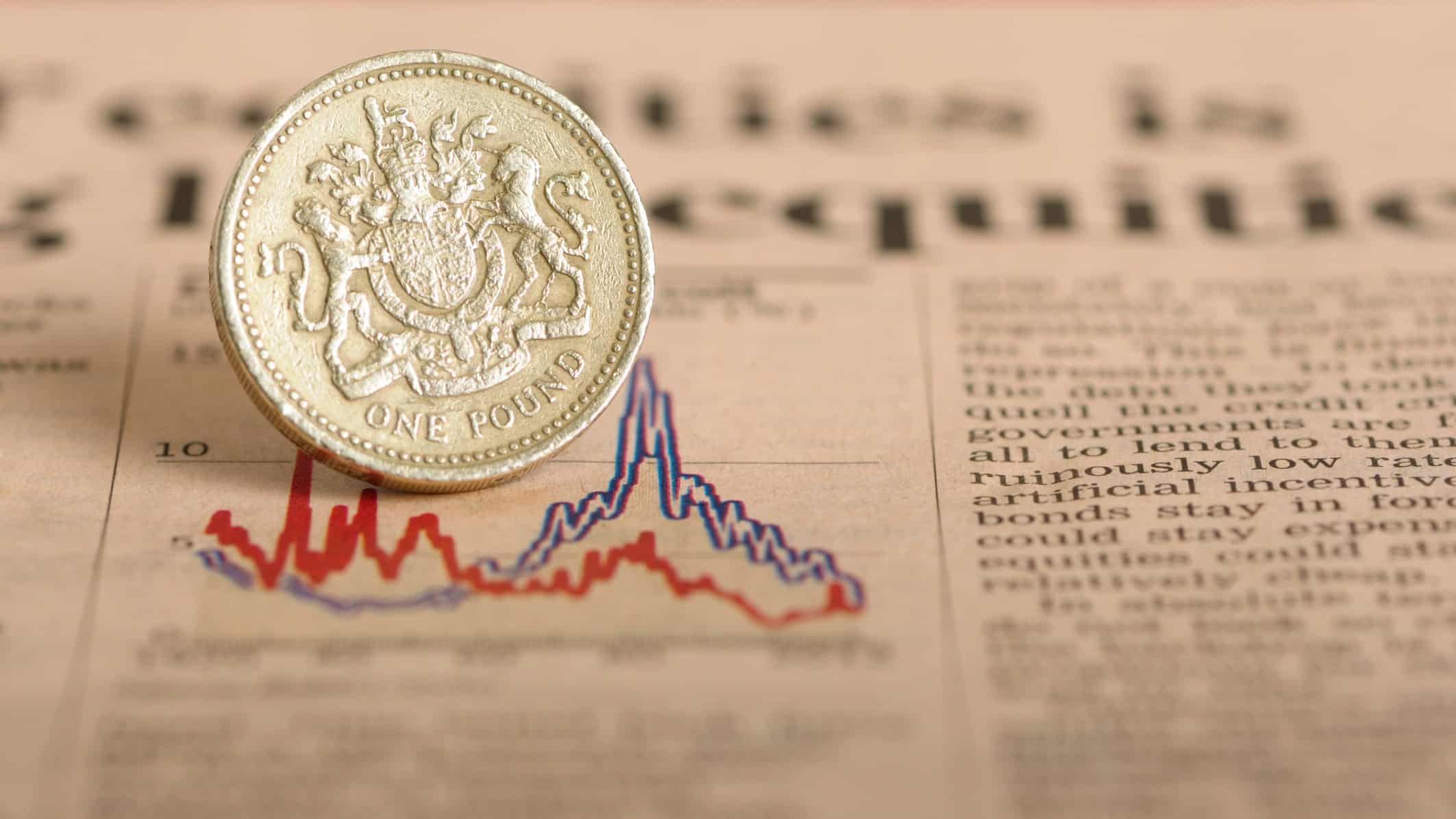Lloyds (LSE: LLOY) is the UK’s biggest mortgage lender. Since the Bank of England (BoE) opted to increase interest rates to combat inflation, the Lloyds share price has been a volatile affair. This is because many investors are wary that further rate hikes could exacerbate the current cost of living crisis and the number of mortgages being taken up, which would negatively impact Lloyd’s bottom line.
Home is where the money is
With mortgages accounting for a staggering 71% of its total loans, the Lloyds share price is heavily reliant on how well the housing market does. While higher interest rates normally lead to higher revenue, more expensive mortgages should also cool the housing market down. Fortunately for Lloyds, recent housing data has shown incredible strength. Since December of last year, the average house price has gone up by 5%, according to Nationwide. Despite that, overall mortgage lending and approvals continue to see uptrends.
So why is the Lloyds stock crashing today then? Well, given how investors are always forward looking, there’s an element of fear that this bubble could soon burst. House price growth seems to be decelerating in the most recent Nationwide monthly data. It was seen growing at its slowest pace in seven months. With the BoE expected to continue its rate hikes after it raised rates to 1% today, there is definitely an air of worry about what lies ahead for the housing market.
It’s getting cold
Higher interest rates are a double-edged sword. They’re great for banks because it gives them a larger allowance to loan out more money. However, there’s always a risks that if interest rates get too high, it could end up having a net negative effect on banks. Consumers may end up borrowing less or default on their loans, which would impact Lloyds’ top line.
The British bank’s most recent Q1 results showed that it has set aside £178m to cover potential customer defaults. Upon assessing Lloyds’ balance sheet, I’m equally worried about a slew of bad debt brewing. The percentage of stage 2 and 3 loans has increased since Q4 2021, flashing warning signs for me. These are basically loans that have deteriorated significantly in credit quality and risks not getting repaid.
| Percentage of Stage 2 & 3 Loans (Q1 2022) | Percentage of Stage 2 & 3 Loans (Q4 2021) |
|---|---|
| 11.6% | 9.5% |
Inflated expectations
Nonetheless, Lloyds is cautious but optimistic about the British economy, providing a positive outlook in its Q1 results. Its interim management statement projects a 30% upside, as long as interest rates stay below 1.39% and inflation peaks at 7.6%. I’m doubtful that this will happen as the BoE continues to raise interest rates. The central bank itself expects inflation to peak at 10% later this year.
So, although Lloyds’ asset quality remains strong and well positioned, its low allowance for bad loans doesn’t give me confidence. Its 4% dividend yield may be tempting, but it doesn’t change the fact that Lloyds also has a history of underperforming. With the rate cycle far from over, I don’t see much of an upside to the Lloyds share price. As such, I won’t be buying shares for my portfolio.






